Guang Chen, Steve Saxon, Jackey Yu, and Cherie Zhang
Although Chinese consumer confidence is growing, desire for travel has shown a faltering recovery due to sporadic COVID-19 outbreaks. A predictable pattern is emerging where desire for travel recovers roughly two months after a decline and even though international travel is restricted, the desire for travel remains. Furthermore, travelers’ preferences are shifting, with implications for travel companies.
This article updates findings of McKinsey’s Survey of Chinese Tourist Attitudes and compares the results across the five surveys taken in April 2020, May 2020, August 2020, January 2021, and October 2021. It also examines the implications of shifting attitudes toward travel and offers actions that travel companies may consider when planning for the year ahead.
Consumer confidence is growing but desire for travel shows a pattern of spikes and dips
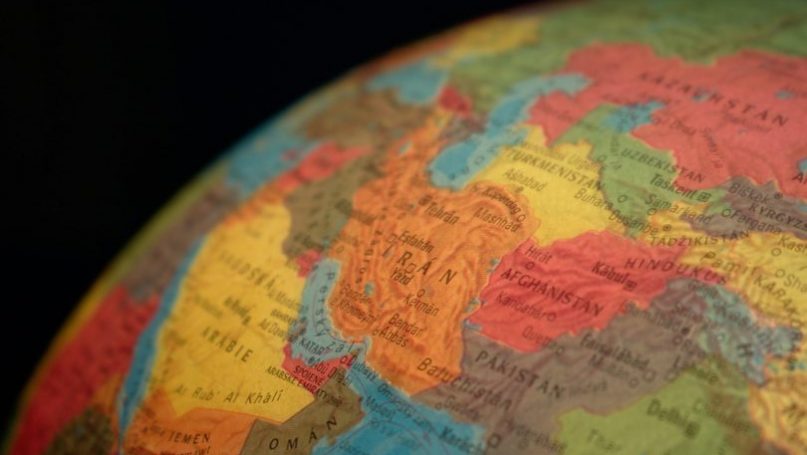
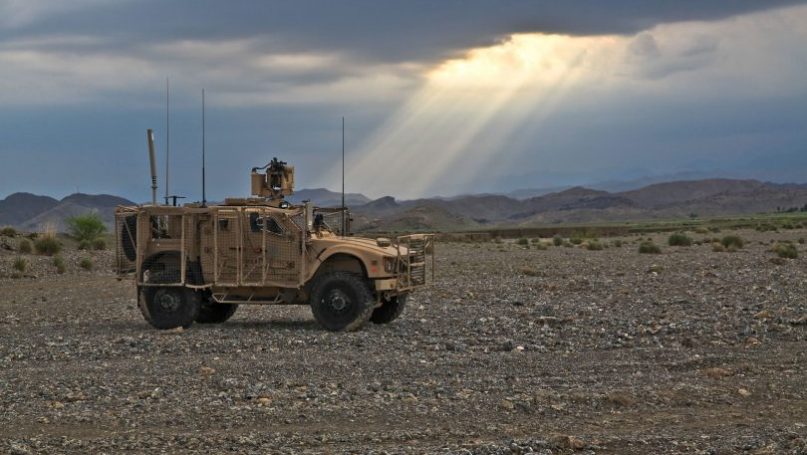
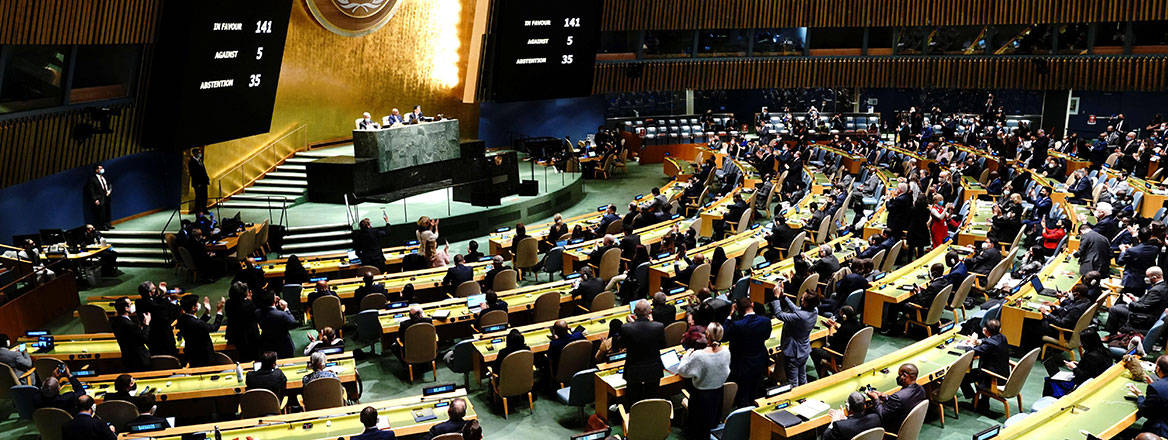
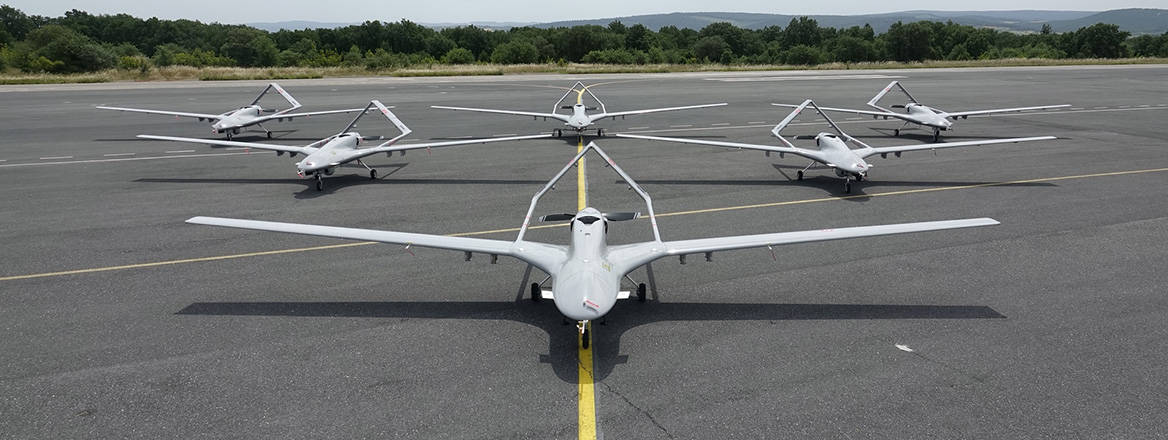

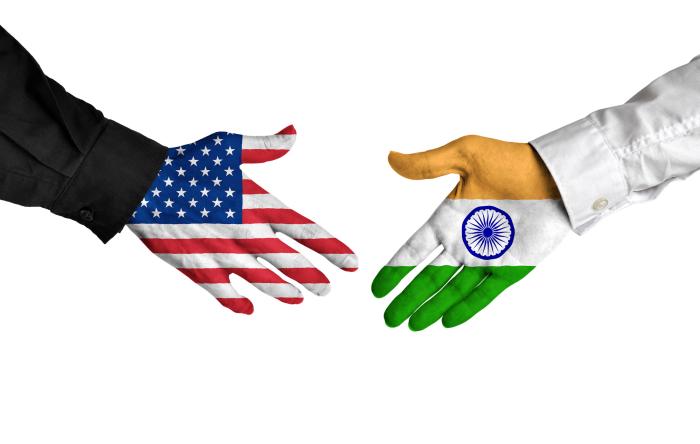
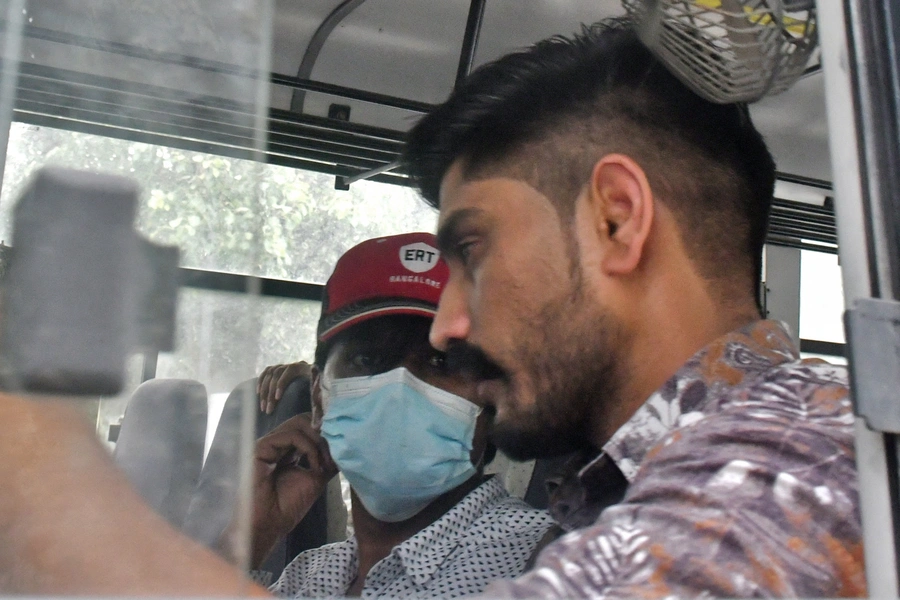
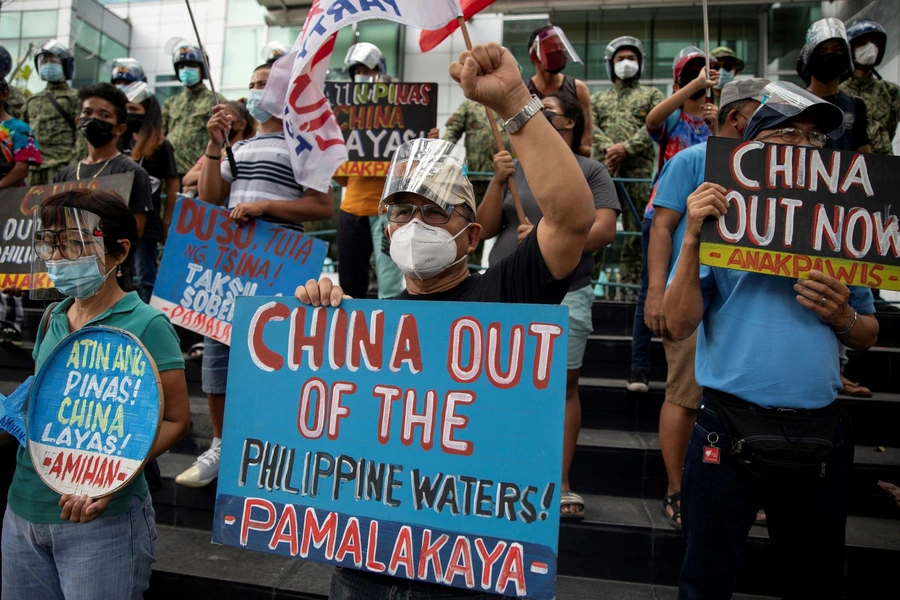
:quality(100)/cloudfront-us-east-1.images.arcpublishing.com/thesummit/QN5AKWGDF5HXXIZAJBP6BIRKLE.jpg)






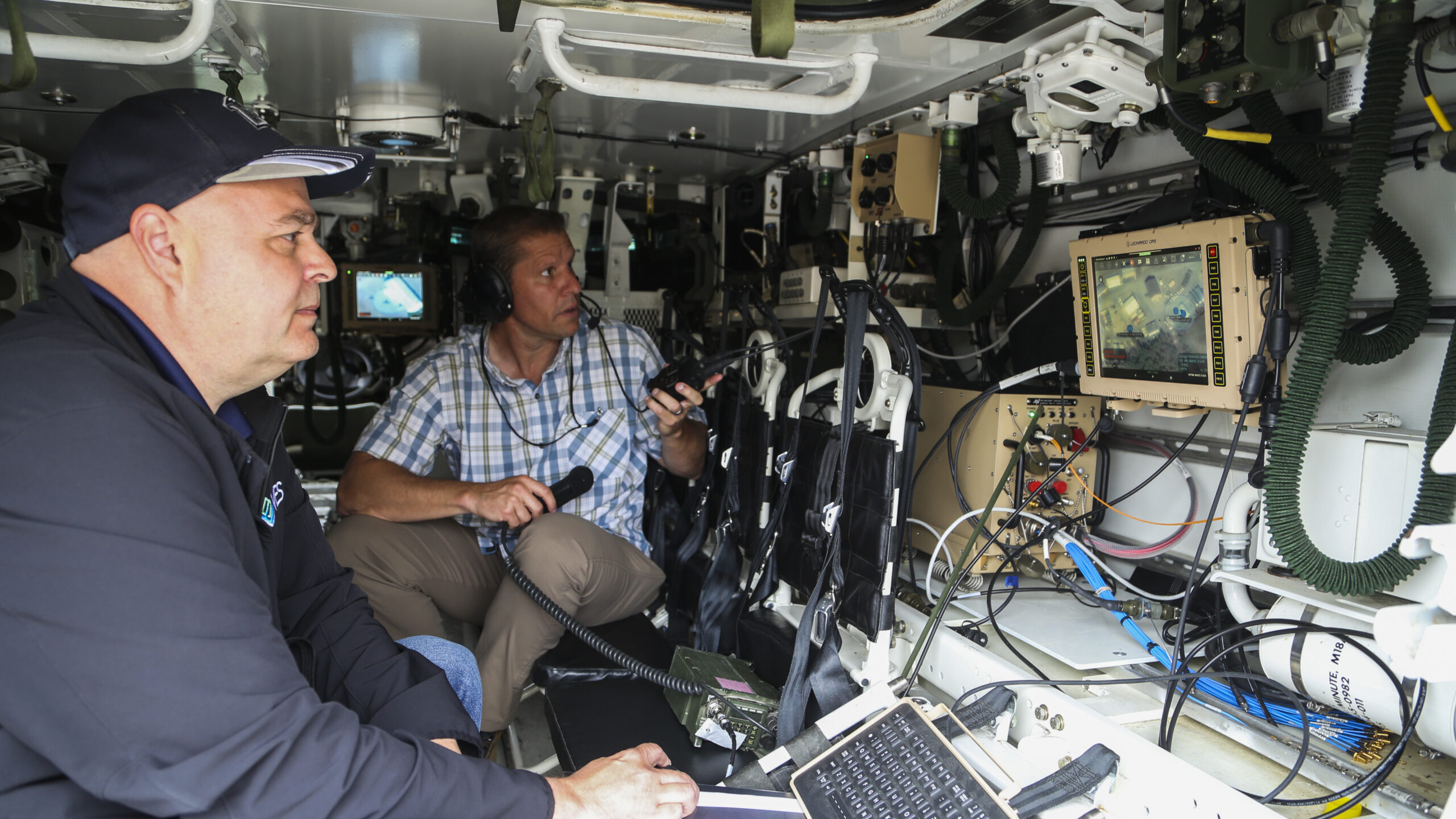
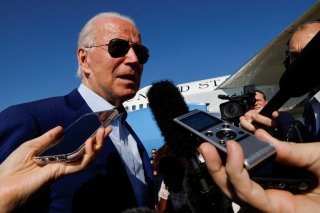
:quality(100)/cloudfront-us-east-1.images.arcpublishing.com/thesummit/NRNWYTDXVBERZOYXXQMPRKUSH4.jpg)
